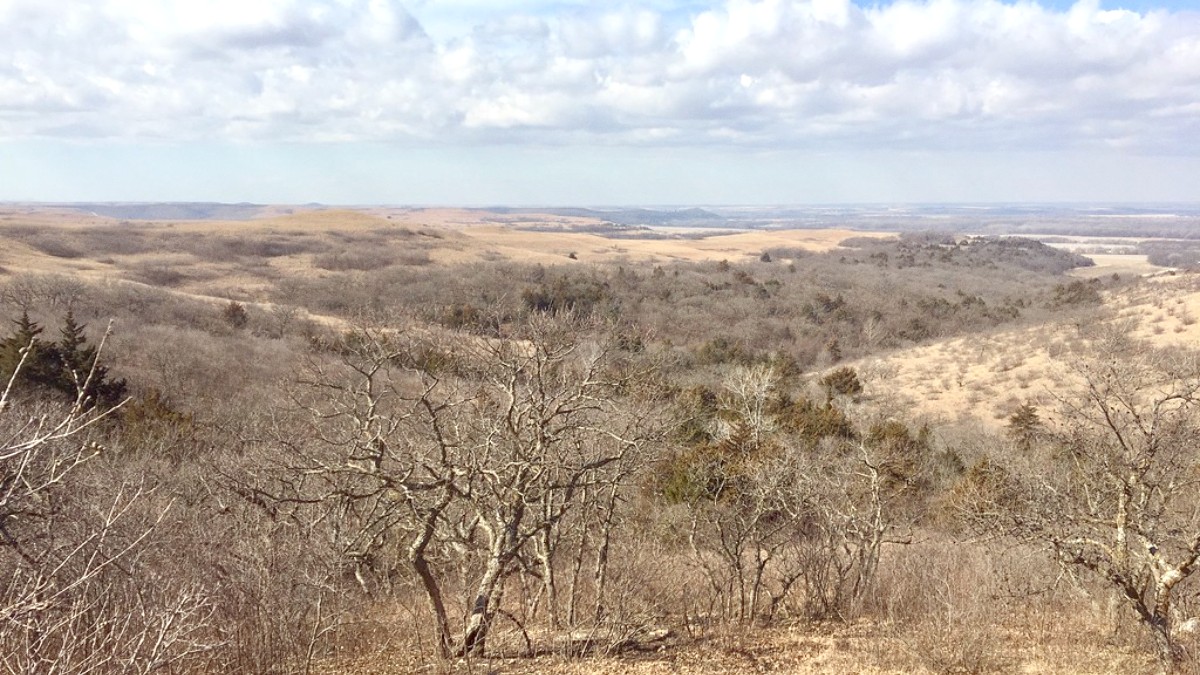
Kansas, USA
Public transportation within the Flint Hills region itself is extremely limited. You will not find metro or tram systems. Larger towns like Manhattan and Emporia operate local bus systems, but these mainly serve residents within city limits and do not extend to the rural attractions or connect between towns.
These local bus systems are not designed for or useful for touring the wider Flint Hills region, which is characterized by vast, open spaces between small communities.
Local bus systems typically use cash fares (e.g., $1-$2 per ride). Some may offer daily or monthly passes, generally for local residents.
Route maps and schedules for local bus systems are usually available online. Check them before your trip for efficient navigation within town centers.
For any travel beyond town centers, you rely entirely on a personal vehicle or ride-sharing services, as public transit does not extend to rural attractions.
Known for customer service. Can be slightly higher priced.
Wide vehicle selection. Loyalty programs. Airport fees might add to cost.
Reliable, often a good choice for business travelers. Can be more expensive.
Frequently offers competitive pricing. Some report older vehicles.
While a car is paramount, walking and cycling offer ways to experience specific areas, especially within towns or dedicated park trails.
No hop-on-hop-off bus services in the Flint Hills. Some private tour operators from larger cities may include the Flint Hills in their itineraries.
Not applicable to the landlocked Flint Hills. Lakes in the region provide recreational boating, but not transportation services.
You will not find cable cars, funiculars, or other types of unique transportation systems in the Flint Hills region.